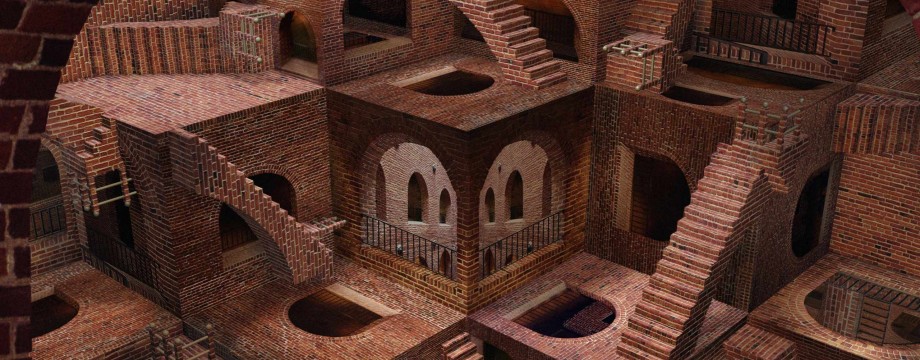As I shared earlier this month, Megan Power took her kindergarten students all the way to the top through the creation of a 3D movie called “Flashback in Time.” In addition to the great information she shared about teaching and learning with stereoscopic 3D, Megan also has some important tips to share about making 3D movies with our students.
 Megan Power’s Top Tips for Student 3D Movie Making
Megan Power’s Top Tips for Student 3D Movie MakingTip #1 – Know all the typical rules and tips for filmmaking… and then don’t be afraid to break them. I am talking about things like the “Rule of Thirds” and different camera shots. Typically, it is good to do close ups and cut off parts of an actor when making films. When working with 3D sometimes you can still do this, but many times you will have to break those rules because of the added dimension. Picture your actor getting excited and motioning by throwing their hands up. If you are doing a close shot their hands would go up and out of sight. In regular film, our brains process this and would pay attention to the excited facial expression. Now imagine this in 3D with the person’s head looking like it is out of the TV frame. The arms shoot up but there are no arms because it was filmed out of the frame. The exact same shot in 2D makes sense and in 3D does not.
Tip #2 – 3D is not just about things popping out at you. 3D is also about the depth behind the actors. When filming make sure there are different depths in the background. For example, having a table behind the actor and behind that a picture on the wall. These different depths will help to make your 3D go backwards and show depth. Of course the shots where something pops out is exciting, but I tend to really get pulled into 3D with the shots that have great depth. It feels very real and believable to me.
Tip #3 – When acting in 3D, remember there is an extra dimension. When making our 3D movies our actors had to change some of their movements to make motions going forward. In 3D these are the actions that popped out to the audience. Because we were so used to flat video we really had to concentrate and remember this added dimension when acting.
Tip #4 – Learn about how 3D works and help student discover these concepts. The science is really quite simple and it will help all people involved in the film to know how our brains process real life images and how stereoscopic 3D replicates them.
Here is the “behind the scenes of 3D movie making” video Megan and her students made last year. It gives some great insight into how she introduced this exciting medium to her students.
*Megan Power and her students created their class’ movie using a Sony 3D camcorder. While she and her students showed the film in anaglyph 3D, it could have also been viewed in full-color stereoscopic 3D through the use of a 3D monitor, 3D projector or 3D TV.

 award-winning educator and consultant, Nancye Blair Black, and supported with incredible guest blogs and interviews with eS3D experts. We are so glad you are here!
award-winning educator and consultant, Nancye Blair Black, and supported with incredible guest blogs and interviews with eS3D experts. We are so glad you are here!
Recent Comments